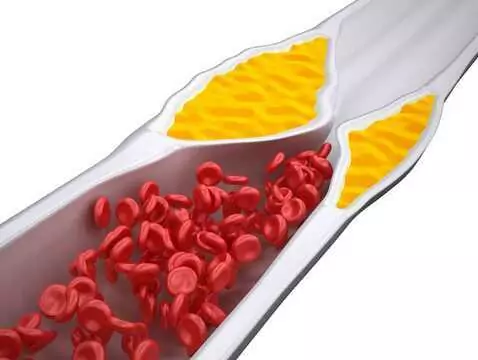Familial hypercholesterolaemia is a type of dyslipidaemia inherited genetically, in which there is an increase in total cholesterol and low-density lipoproteins (so-called 'bad cholesterol'). Cholesterol is a fat with important building and metabolic functions in the body. When its amount increases significantly, it starts to accumulate in the vessels, causing life-threatening conditions.
Ad:









